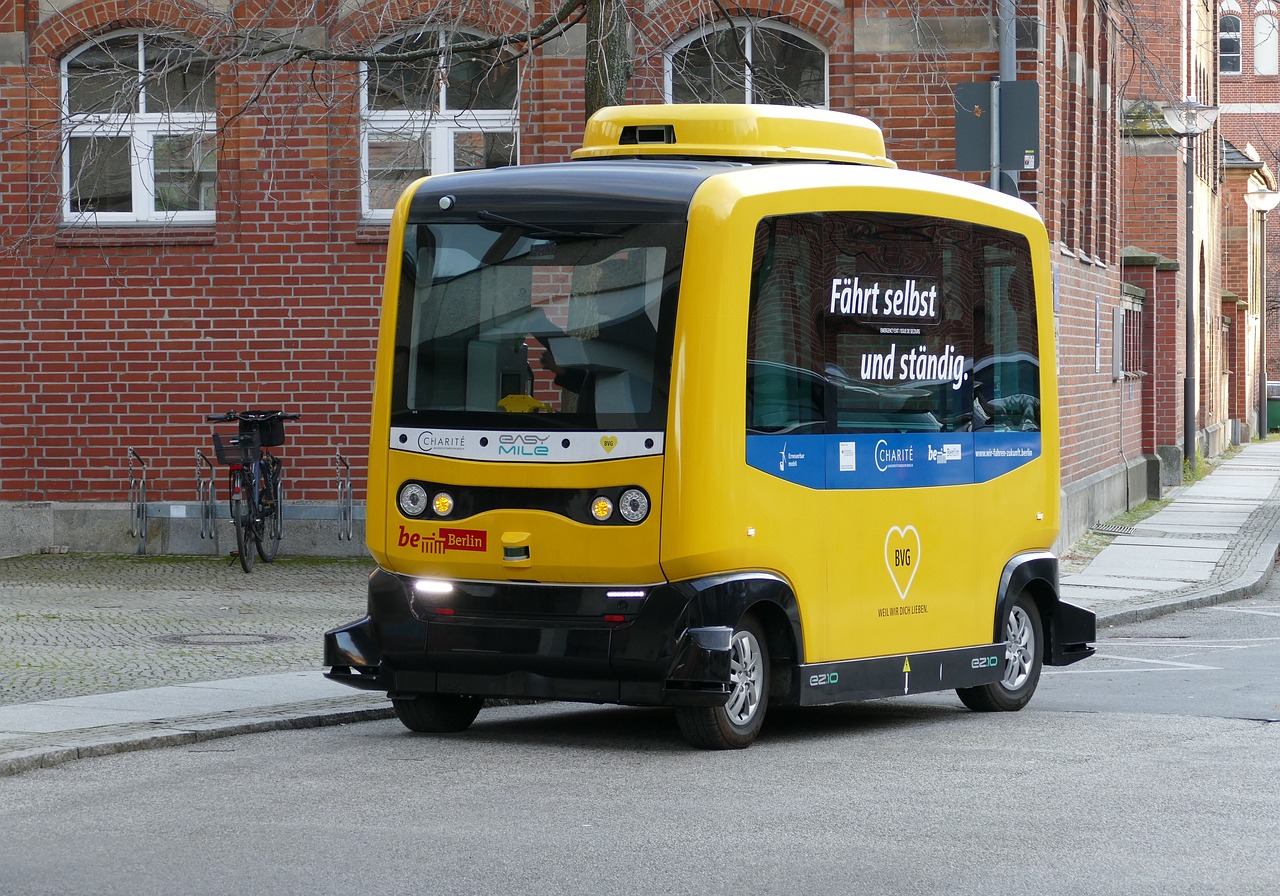Table of Contents
Artificial Intelligence (AI) is revolutionizing logistics, driving greater efficiency across supply chains. AI enables more accurate demand forecasting, smarter inventory management, and optimized delivery routes, significantly reducing operational costs. As AI technology advances, its impact on logistics will continue to expand, positioning it as a key factor in achieving faster and more reliable supply chain operations.
AI’s Growing Influence in Logistics
Artificial intelligence is reshaping the logistics industry, driving efficiency and accuracy across supply chains. Analyzing massive data sets allows AI systems to optimize routes, predict demand, and enhance decision-making processes. According to a recent study from Straits Research, the global logistics AI market was valued at USD 11.61 billion in 2023 and is projected to reach USD 348.62 billion in 2032, growing at a compounded annual growth rate (CAGR) of 45.93%.
These advancements enable logistics companies to streamline operations, reduce costs, and improve delivery times, solidifying AI’s role as a cornerstone in modern supply chain management.
Key Applications of AI in Logistics
Artificial intelligence is reshaping logistics by enhancing efficiency and accuracy across various processes. Its applications address complex challenges, improving supply chain management, and operational effectiveness in these ways:
Predictive Analytics for Demand Forecasting
Predictive analytics revolutionizes demand forecasting through advanced AI algorithms. Historical sales data, market trends, and external factors are analyzed to produce accurate predictions for future demand. Companies adjust inventory levels proactively, anticipating fluctuations.
AI systems evaluate various data sources, including past sales performance and seasonal trends, to forecast demand with high precision. Real-time data such as current market conditions and consumer behavior further refine these predictions. Seasonal adjustments account for demand variations during holidays or special events.
Leveraging predictive analytics reduces the likelihood of stockouts and overstocking. This optimization leads to more efficient inventory management and improved customer satisfaction, aligning stock levels with actual market needs.
AI in Inventory Optimization
AI enhances inventory optimization through precise data analysis and real-time monitoring. Advanced algorithms assess stock levels, demand patterns, and supplier performance to optimize inventory across multiple locations.
Key functions of AI in inventory optimization include:
- Real-time inventory tracking: Continuous monitoring of stock levels ensures accurate data and timely replenishment
- Demand forecasting: Predicts future inventory needs based on historical data and market trends
- Supplier management: Evaluates supplier performance to ensure timely deliveries and reduce lead times
Every modern global logistics provider uses these AI-driven insights to maintain optimal stock levels, minimize excess inventory, and reduce carrying costs. Effective inventory management leads to improved operational efficiency and customer satisfaction.
Streamlining Transportation and Delivery
AI revolutionizes transportation and delivery operations through advanced data analysis and algorithmic optimization. It enhances efficiency by streamlining route planning and scheduling, leading to significant cost reductions.
AI systems process real-time data, such as traffic conditions and weather forecasts, to determine optimal delivery routes. They dynamically adjust routes to avoid traffic congestion and road closures, ensuring timely deliveries. For example, AI-driven solutions reroute vehicles in response to current traffic conditions, which improves delivery speed and reliability.
Furthermore, AI supports predictive maintenance for vehicles. It monitors performance metrics to forecast maintenance needs, reducing the risk of unexpected breakdowns and minimizing service interruptions. This proactive approach extends vehicle lifespans and maintains consistent delivery schedules. Streamlining these processes not only reduces operational costs, but it also boosts overall customer satisfaction.
Warehouse Automation Advancements
Automated systems equipped with AI technologies streamline various warehouse functions. Robotics and conveyor systems handle repetitive tasks like sorting and packing, reducing human error and increasing operational speed. AI algorithms optimize these processes, ensuring precise inventory management and timely order fulfillment.
AI-powered vision systems and sensors further enhance warehouse efficiency. They monitor inventory levels in real time, detect discrepancies, and manage stock replenishment automatically. This proactive approach minimizes stockouts and overstock situations, which helps maintain smooth warehouse operations.
Additionally, AI facilitates advanced predictive analytics for demand forecasting. It analyzes historical data to predict future inventory needs, allowing warehouses to adjust stock levels and storage strategies accordingly.
These innovations contribute to a more agile and responsive supply chain. Warehouse automation driven by AI not only improves operational efficiency but also supports better inventory control and customer satisfaction.
Overcoming Implementation Challenges
AI integration in logistics brings several challenges that need addressing for successful implementation. One major concern is the high initial investment. Adopting AI technologies requires significant capital for both the systems and the ongoing maintenance. Smaller companies, in particular, may find these costs prohibitive.
Data security is another critical issue. AI systems rely on large volumes of sensitive information to function effectively. Ensuring robust cybersecurity measures to protect this data from breaches is essential to maintaining client trust and compliance with regulations.
The complexity of AI systems also poses a challenge. Companies must invest in skilled personnel to manage and operate these technologies. Training staff and integrating AI with existing systems can be time-consuming and require expertise. Additionally, there are ethical considerations regarding job displacement. While AI improves efficiency, it may reduce the need for certain manual jobs. Balancing technological advancement with workforce impact is necessary to address potential societal concerns.
Future Trends and Opportunities
The logistics industry is set to undergo significant transformations with advancements in AI. One major trend is the increased adoption of autonomous vehicles. These vehicles promise to enhance efficiency in transportation and reduce human error, leading to faster delivery times and lower operational costs.
AI’s role in predictive analytics will continue to grow, offering more accurate forecasting and better inventory management. Companies will benefit from improved demand predictions, reducing excess inventory and stockouts.
Another opportunity lies in the expansion of AI-powered robotics in warehouses. These robots will handle more complex tasks and operate alongside human workers, increasing productivity and reducing errors.
Finally, AI-driven decision support systems will become more sophisticated, providing logistics providers with actionable insights for optimizing routes, managing risks, and improving overall supply chain performance. Embracing these advancements will give companies a competitive advantage in the evolving logistics landscape.
Photo Credit: Pixabay


